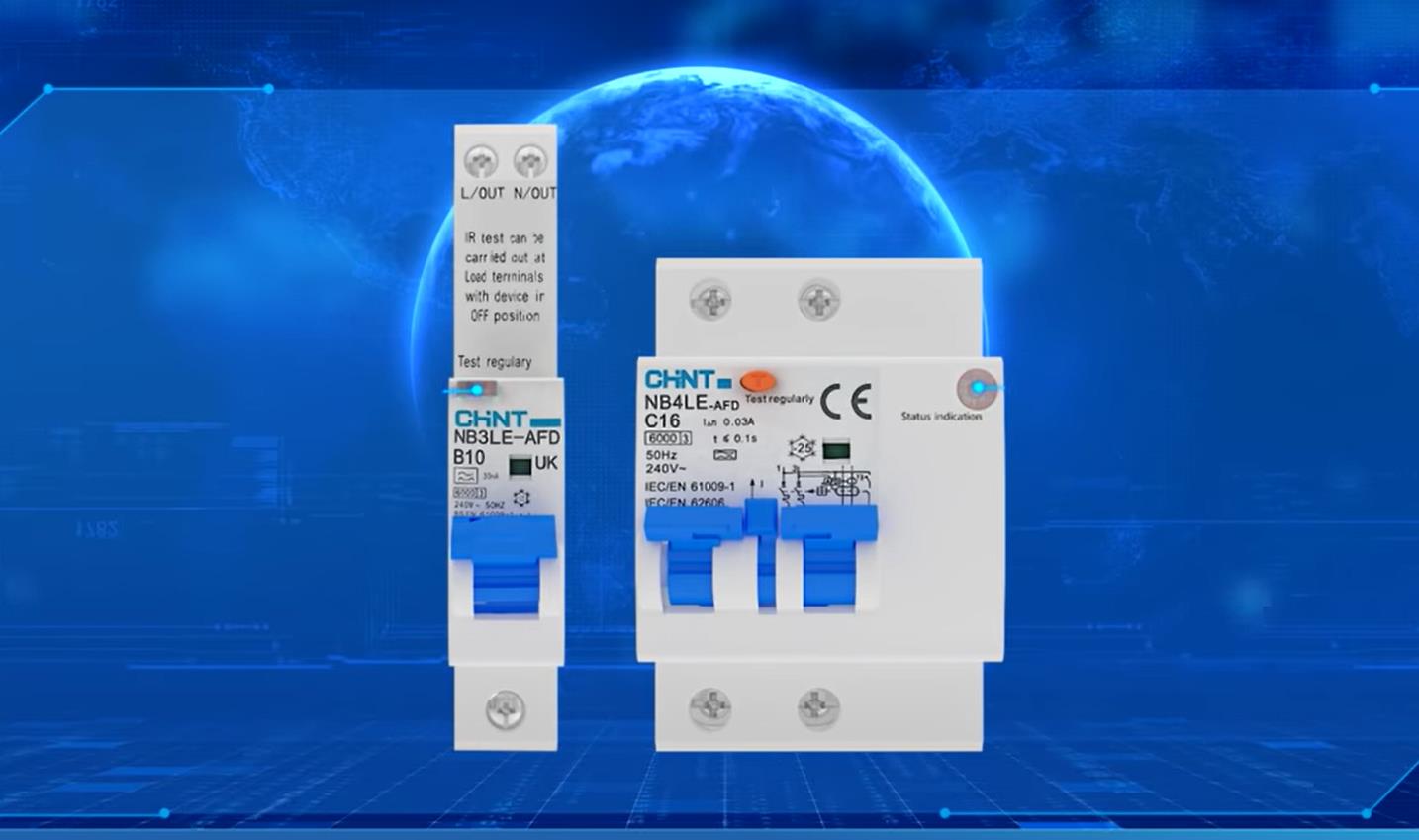Table of Contents |
|---|
You have a lot of safety and protection devices in your home – door locks, fire extinguishers and computer firewalls, just to name a few, and you probably some of them use them every day. But it’s actually a small device you may not recognize, the arc fault detection device, that could do the most to save the lives of you and your family if you have hidden issues in your electrical system.
The protection is incredibly valuable, to the point where it almost can’t be underestimated. Arc fault protection devices are actually far better than traditional circuit breakers, so let’s take a look at what they do, how they work and why they’re so important.
What is an Arc Fault Detection Device (AFDD)?
We’ll start with a simple definition: What exactly are AFDDs, anyway, and what is arc fault detection?
The initial answer is just as basic. Arc fault detection devices are specialized circuit breakers that are designed to protect you against any problem in your electrical system, and they’re especially effective against slow leaks.
If you’ve never heard of electrical slow leaks, that’s okay – a lot of homeowners haven’t, either, and they have no idea that they can be a problem. They occur when wiring is compromised, but not totally shorted out or otherwise rendered inoperable.
Typically, slow leaks typically occur over time due to wear and tear. One example would be when a wire nut loosens up over time and an arc occurs that allows excessive heat to start to build up between the wire and the nearest ground. Another would be a switch or an outlet that becomes loose over time, allowing a similar level of heat to build up.
If there’s enough heat, it can allow a spark to occur, and that spark in turn can start a fire. Arc fault detection devices recognize this problem and prevent it from happening, so let’s pull back the curtain a little and see what’s involved.
Why Traditional Circuit Breakers Don't Suffice
Before we take a deeper dive into the inner workings of arc fault detection devices, it’s important to understand the difference between AFDDs and traditional circuit breakers, specifically with regard to slow leaks.
We’ll start with regular circuit breakers. They’re designed to trip when a significant amount of electrical energy suddenly flows from a wire to ground, or when a large amount of energy jumps through the circuit due to a short.
Beyond that, however the protection provided by traditional circuit breakers is limited. They don’t provide protection to electrical cords or extension cords that are plugged into wall outlets, and these cords are the cause of many home fires.
The protection provided by AFDDs isn’t limited to just large amounts of energy, and it extends to the electricity that flows through any cords or outlets. To give you an idea of how AFDDs give you that level of protection, let’s take a closer look at how they work.
How an Arc Fault Circuit Breaker Works
One way to look at the protection provided by arc fault detection devices is to think of them as “smart” breakers. They incorporate small, sensitive filters that can detect issues with tiny amounts of electricity, along with logic devices that help them shut down the circuit instantaneously.
Now let’s compare AFDDs to Ground Fault Circuit Interrupters (GFCI), which are also considered superior to regular circuit breakers. AFDDs and GCFIs may seem equal, but GFCIs lack the ability to detect arcs, which means that arc fault detection devices are actually far superior when it comes to providing you and your family with the level of protection you need.
Keep Your Family and Property Protected
So why is this kind of specialized detection important? Because it provides the ultimate level of safety and protection for you and your family.
If you have an AFDD installed in your electrical system and your wiring is up to date when it comes to code specifications, your chances of having a house fire caused by your electrical system are almost nil.
They also protect you in every room of the house, especially the bedroom, which is where shorts and arcs are the most common causes of house fires. They can help make your kitchen, laundry room and garage safe, too, so every inch of your house will be covered and protected.
CHINT Arc Fault Detection Devices
Now let’s take a look at a couple of specific arc fault detection devices. There are many companies that make them, but we’ll focus on two of the best in the industry.
We’ll start with the CHINT NB3LE-AFD. This arc fault detection circuit breaker also comes with a function that can detect residual current, and it works on circuit operating with a frequency of 50 Hz. The voltage rain is AC 240V, and the rated current is 32A.
The NB3LE-AF provides tripping capability for sine waves with alternating residual current, and it will also trip when it detects issue cause by pulsed DC residual current. It covers all kinds of cables, too, giving you protection against both shorts and overloads.
The NB4LE-AFD is an other CHINT device that provides excellent protection. This residual current device (RCD) will trip when it detects issues in several types of sine including Type A, B curve, C curve, BK curve and CK curve.
The certification standards met by this device are impressive, too. NB4LE-AFD meets the requirements of CE, CB and UKCA, and CHINT has an excellent track record in making high-quality electronics for a wide variety of applications and uses.
Conclusion:
CHINT has long been recognized as one of the best companies when comes to making devices like AFDDs. CHINT has been listed as one of China’s Top 500 companies for almost 20 years. CHINT also has a subsidiary, CHINT Electrics, that has been recognized among the Top 50 Asian listed companies.
This is yet another reason to have CHINT products like the NB3LE-AF and the NB4LE-AFD installed in your home wiring system. You and your family will be protected against every kind of potential wiring problem, including slow electrical leaks, and it’s impossible to put a price on that kind of protection and peace of mind.














